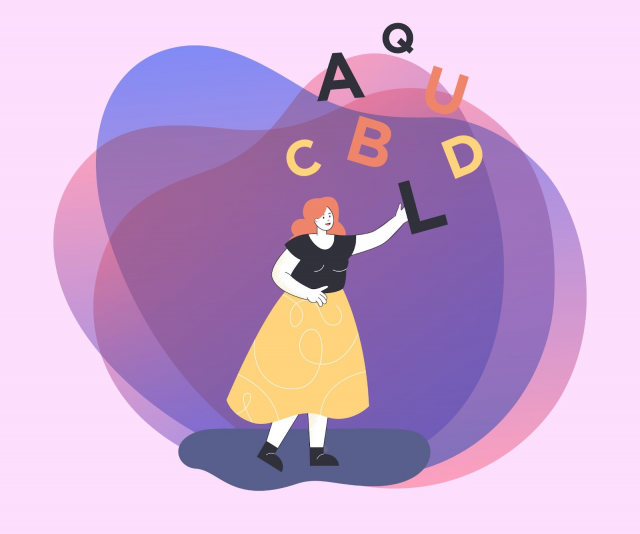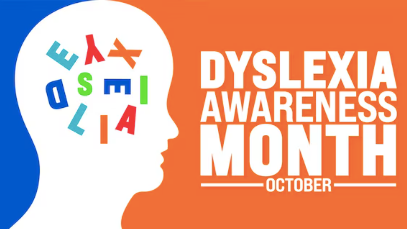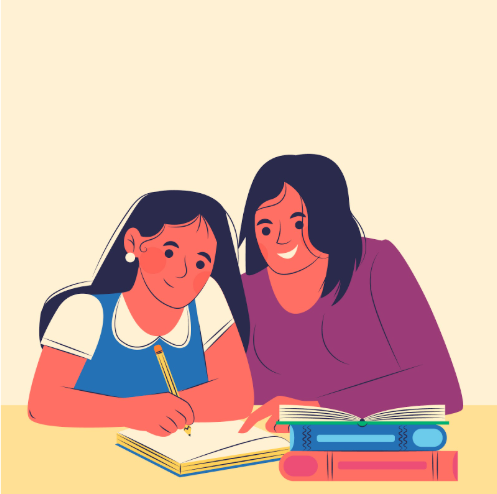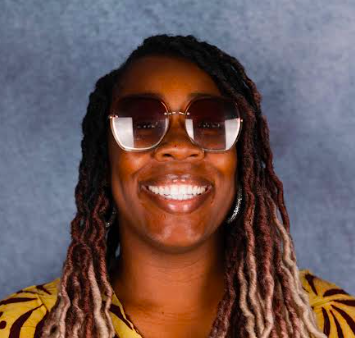When you look around your classroom, whether in Nairobi, New Delhi, or New Orleans, there are students quietly navigating the world with dyslexia. This language‑based learning difference is not bound by geography, socioeconomic status, ethnicity, or even alphabet.
Decades of research show that dyslexia affects between 3% and 7% of the global population when using strict diagnostic criteria, and up to 5–10% when broader screening methods are included (World Population Review, Wikipedia – Dyslexia).

Dyslexia across languages and writing systems
Dyslexia is far from confined to one region or one language. Studies indicate that its prevalence can reach as high as 17% depending on how it is defined and the complexity of the writing system (Ambitions ABA, KUTest Kids).
Research makes it clear that dyslexia appears in alphabetic, syllabic, and logographic writing systems (Wikipedia – Orthographies and Dyslexia). For example, prevalence studies have identified dyslexia in Chinese, which uses a logographic script, and in Italian, which has a shallower orthography. Despite the outward differences, the neurological foundations are strikingly similar. This means a person may read fluently in one language yet encounter significant difficulty in another, depending on the structure and depth of each language’s writing system.

Why Dyslexia Awareness Month matters
Every October, educators and advocates unite under the banner of Dyslexia Awareness Month. This observance began in the early 2000s, with the U.S. officially recognizing it in 2002, followed by similar initiatives in the UK and Europe, including Dyslexia Awareness Week and World Dyslexia Day on October 8th (National Day Calendar, CPEN Insights).

These initiatives aren’t just symbolic. They encourage us to:
- Screen students early,
- Provide evidence‑based interventions, and
- Normalize conversations about neurodiversity.
Dyslexia is not linked to low intelligence, yet without the right support, children often experience a cascade of academic challenges and declining confidence. Evidence shows that with structured literacy, which is instruction that is explicit, systematic, cumulative, and multi‑sensory, students with dyslexia can build the skills they need to thrive.
Teachers looking to strengthen their practice can explore excellent resources and training opportunities through University of Michigan Dyslexia Help, The Yale Center for Dyslexia and Creativity, and the University of Florida Literacy Institute. These sites offer practical strategies, downloadable tools, and research‑based guidance that educators can implement immediately.
Dyslexia across classrooms
This means educators, no matter where they teach, will encounter dyslexic learners. It might be one child struggling to match sounds to letters, another grasping the meaning of words in one language but not in another, or a multilingual student whose dyslexia presents differently depending on the language of instruction.

Because orthographic depth varies across languages, it is essential that schools adopt universal screening protocols that reflect linguistic diversity. Dyslexia is not a one‑size‑fits‑all challenge, but it is a reality that educators everywhere can be prepared to meet.
Bibliography
- World Population Review – Dyslexia rates by country
- Wikipedia – Dyslexia
- Ambitions ABA – Dyslexia statistics
- KUTest Kids – Dyslexia statistics & facts
- Wikipedia – Orthographies and dyslexia
- National Day Calendar – Dyslexia Awareness Month (October)
- CPEN Insights – World Dyslexia Day
- University of Michigan – Dyslexia Help
- The Yale Center for Dyslexia & Creativity
- University of Florida – Literacy Institute (UFLI)




